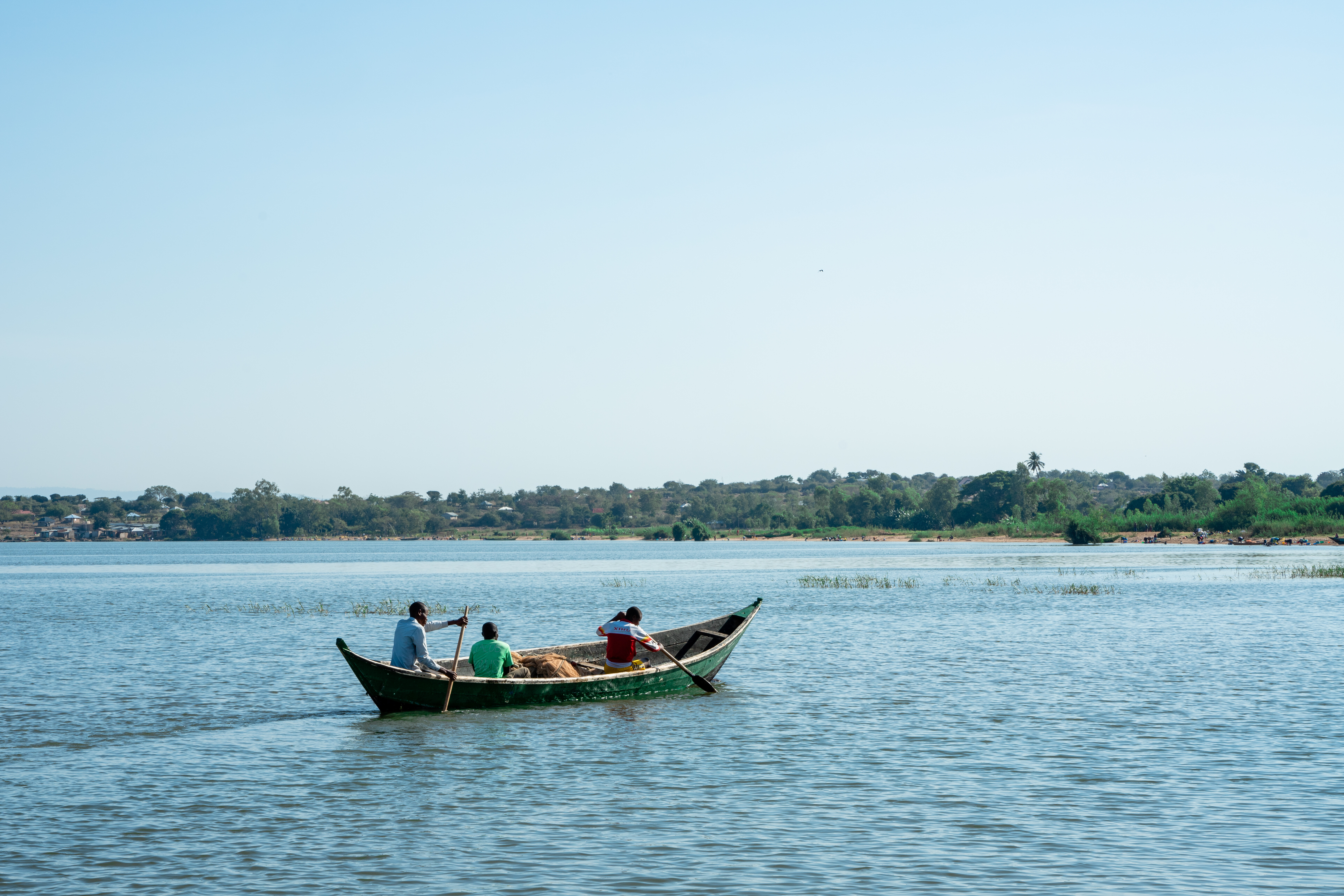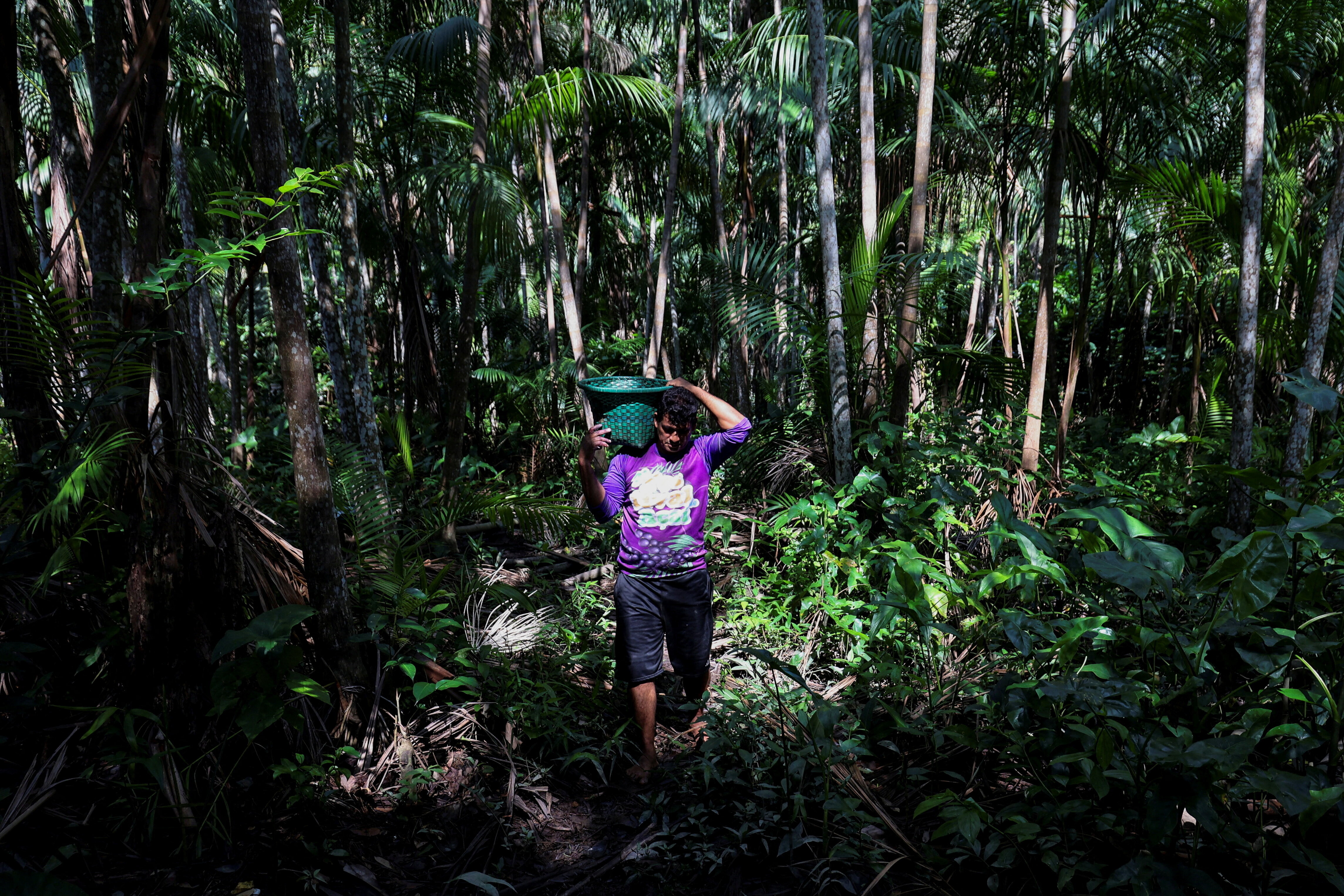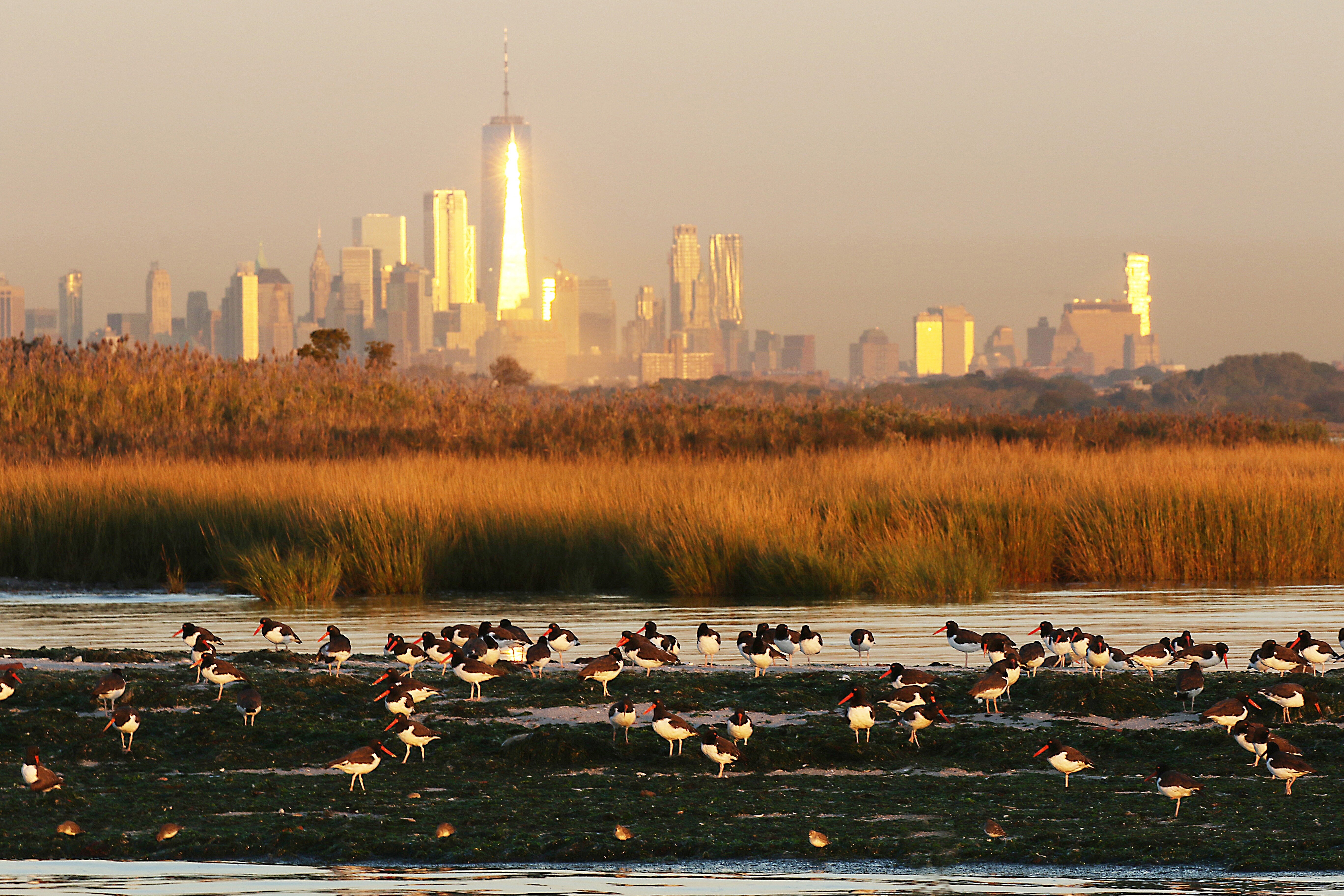How climate change drove food insecurity in the 2007 Lesotho drought
Drought leads to crop failure and creates food insecurity.
Image: Pixabay/Uschi_Du
Dr Piotr Wolski
Hydrologist at the Climate System Analysis Group , Climate System Analysis Group, University of Cape TownStay up to date:
Lesotho
- In 2007, a severe drought in Lesotho and South Africa drastically reduced crop yields and increased food prices.
- A recent study published in Scientific Reports shows that this was worsened due to climate change fuelled by human activity.
- It has been estimated that climate change decreased the number of farming households in Lesotho that were self-sufficient by 50%.
- Vulnerable areas prone to food insecurity need more adaptation strategies to protect them against the future effects of climate change, write three experts.
Lesotho is one of the least developed countries in southern Africa and has a precarious food security balance. Almost all of its main staple food of maize is produced within a single climatic region of southern Africa – 30% domestically and 70% imported from neighbouring South Africa.
In 2007, a severe drought in both Lesotho and South Africa upset this shaky situation triggering a dramatic drop in crop yields and a steep spike in food prices.
In a recent study, published in Scientific Reports, we find that human-caused climate change exacerbated both the drought and its knock-on impacts for food security.
Our findings indicate that climate change contributed to a decline in self-sufficient households in Lesotho by 50% and caused a decrease in the average household purchasing power by 37%.
While climate change did not create food shortages by itself, our findings suggest that it made a bad situation a lot worse and hit the most vulnerable the hardest.
Drought and crop failure
The 2007 drought saw rainfall totals plummet over the eastern part of South Africa and the enclave nation of Lesotho during the growing season of January, February and March (JFM). The water shortages led to a crop failure in both countries.
The map and charts below highlight the key elements of the event for South Africa and Lesotho, showing the low rainfall figures (charts b and c), the resulting drop in maize production (d and e) and the increase in maize prices (f and g).
Map and charts providing an overview of the 2007 drought and its impacts. They show: a) the spatial distribution of the January-February-March (JFM) rainfall anomaly over South Africa (relative to 1979-2018 average) derived from reanalysis data, with the boxes indicating the areas that the climate data is averaged over; b) JFM rainfall time series for South Africa with the 2007 event highlighted in red; c) the same for Lesotho; d) maize production data from the FAOSTAT database with the 2007 event in red; e) the same for Lesotho; f) price per tonnes for maize in South Africa from FAOSTAT (note only data from 1991 onwards is available); and g) maize deficit (minimum maize demand for sufficient calorie intake minus domestic production) over time in Lesotho. Source: Verschuur et al. (2021).
The crop failures meant that domestic production in Lesotho could meet needs even less than usual and exports of maize from South Africa to Lesotho dropped steeply. In fact, South Africa became a net importer of maize that year, despite usually being a net exporter.
As a result, the price of maize doubled in Lesotho, compared to 2005, making it unaffordable for many – 20% of the country’s population required emergency food assistance.
However, the drought was not the only factor leading to food insecurity in Lesotho. Agricultural production has been declining for years due to soil erosion, poor land-use practises and decreasing soil fertility. Combined with the growing population, this situation has led to a continued decrease in food self-sufficiency and, hence, stronger dependency on South Africa.
Although the dependency helps Lesotho to meet food demand during normal years, the event in 2007 shows that – when a drought hits both countries – the situation can backfire and compound the impacts of the drought on the people of Lesotho.
Disentangling the different factors behind the 2007 event – and, in particular, the role of climate change versus the “precursors” of food insecurity – is important because it may inform us how to prevent such events in the future.
Food insecurity
There are four main interconnected pillars (pdf) that determine food security: food availability (how much is produced); food access (can people afford food); food use (how is food prepared and consumed); and stability (how stable is the food supply and consumption).
Large-scale droughts can have cascading impacts on all four pillars – droughts reduce yields, which may result in food price spikes and trigger changes in the amount and stability of food consumption. The impacts of such climate extremes are often felt hardest by subsistence farmers who become less self-sufficient and are, therefore, forced to buy their staple foods on local markets.
In case of price spikes during low-yield years, food may become too expensive for many, pushing poor households into a food insecure situation. This all means that, with the potential of human-caused climate change to worsen droughts, it can have similar cascading effects on food insecurity.
So far, scientists have mainly focused on estimating how climate change has changed droughts and agriculture yields. It is less well-known if and how climate change is influencing the other three pillars of food security.
By analysing the case of the 2007 food crisis in Lesotho, we find that climate change was indeed a critical driver – although the links are not straightforward.
What is the World Economic Forum doing to help ensure global food security?
Doubled likelihood
We first explored how climate change changed the likelihood of a drought of the severity seen in 2007. Using an “extreme event attribution” approach, we find that climate change increased the likelihood of a drought as bad as 2007 – or worse – occurring in each of Lesotho and South Africa by a factor of five.
On top of that, the occurrence of such a drought in both countries simultaneously doubled in likelihood due to climate change.
In our next step, we evaluated the influence climate change had on the likelihood of the resulting food shortages. This is more complicated because, as discussed above, food security is not just driven by whether or not there is a drought, but also strongly depends on food availability in trade-dependent countries and the purchasing power of households.
We followed a similar approach as for the drought, using the idea of comparing “factual” worlds – the world we live in – and “counterfactual” worlds – the world that might have been without climate change.
To do this, we modelled many plausible scenarios of the food security situation with and without climate change and found that, in a world without climate change, the food shortage would have been much less likely. In fact, there are even scenarios where it could have been completely prevented.
We estimate that climate change decreased the number of farming households in Lesotho that were self-sufficient by 50%. How much money a household has to commit to food is also higher because of climate change. In the world today, buying maize makes up around 50% of an average rural household’s annual expenditure. In model runs without climate change, this is 32%. In other words, the purchasing power per household is around 37% lower in today’s warming climate.
In particular, it is the subsistence farmers with relatively small agricultural fields and large households that are pushed from a self-sufficient to an insufficient situation.
Without assistance, this can contribute to an increase in poverty and even affect yields in the following year as farmers have fewer financial resources to plant seeds. Hence, it is important to look beyond the impacts on a country scale and evaluate how climate change can reinforce existing inequalities across society.
Adaptation strategies
To our knowledge, this is one of the first studies to disentangle drivers of weather extremes and vulnerability in a quantitative way in order to understand whether – and to what extent – climate change contributes to food-related disasters.
This type of information helps to gain a deeper understanding of how climate change impacts multiple dimensions of food insecurity and how it interacts with existing inequalities.
This is crucially important as it highlights that, in order to plan for adaptation, focusing on the role of climate change alone is not sufficient and can even lead to maladaptation if the social drivers and the role of vulnerability are overlooked.
For Lesotho, our findings highlight that adaptation needs to start at reversing the country-wide trend of declining agricultural production. For instance, through investments in irrigation systems and drought-resistant crops, and rethinking the food supply dependency on South Africa. The latter is, however, difficult given that Lesotho is a landlocked country within South Africa, with limited access to global grain markets.
Most importantly, there is a need to prioritise adaptation strategies for those most vulnerable – in this case, smallholder farmers. For example, this could be affordable crop insurance or improved drought forecasting to inform planting strategies.
Our quantitative framework allows us to provide evidence that climate change is already affecting food security in the most climate vulnerable places. It also provides an assessment of the relative importance of inequalities and other drivers of vulnerability in the food system.
Lesotho is used here as an example, but the food supply characteristics of the country – with high import dependency, rain-fed agriculture and extreme climate variability – can be seen in many other African countries as well.
We, therefore, hope that this type of analysis will help towards developing more efficient adaptation strategies to make food supply systems more climate-resilient now and in the future.
Accept our marketing cookies to access this content.
These cookies are currently disabled in your browser.
Don't miss any update on this topic
Create a free account and access your personalized content collection with our latest publications and analyses.
License and Republishing
World Economic Forum articles may be republished in accordance with the Creative Commons Attribution-NonCommercial-NoDerivatives 4.0 International Public License, and in accordance with our Terms of Use.
The views expressed in this article are those of the author alone and not the World Economic Forum.
Related topics:
Forum Stories newsletter
Bringing you weekly curated insights and analysis on the global issues that matter.
More on Food, Water and Clean AirSee all
Marco Lambertini and Marcelo Bicalho Behar
November 6, 2025
Essam Yassin Mohammed
November 6, 2025
Lasse Bruun
November 6, 2025
Marielle Anzelone and Georgia Silvera Seamans
October 31, 2025
Ayla Majid
October 30, 2025






